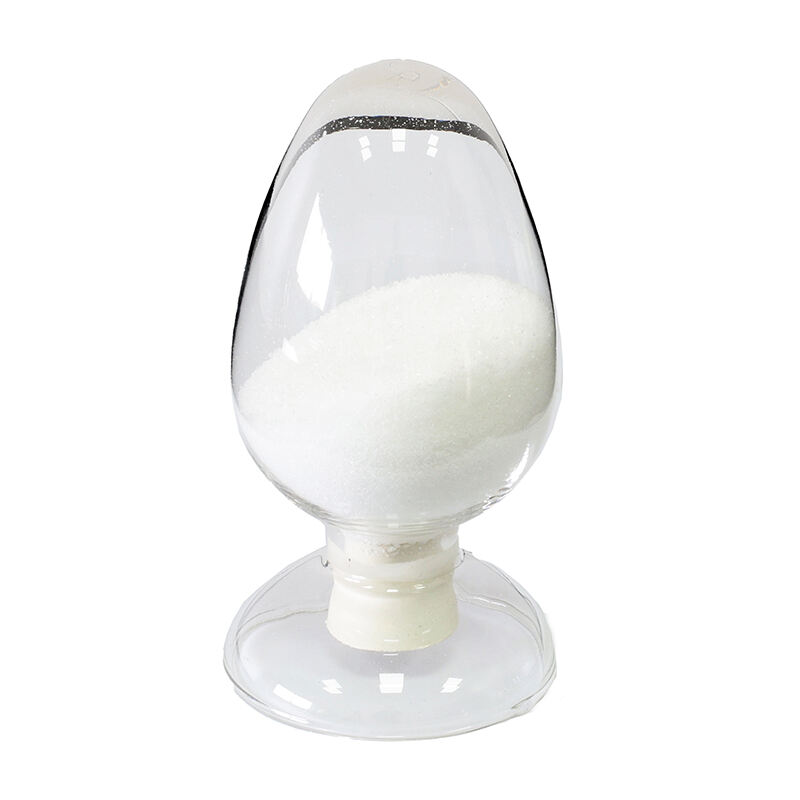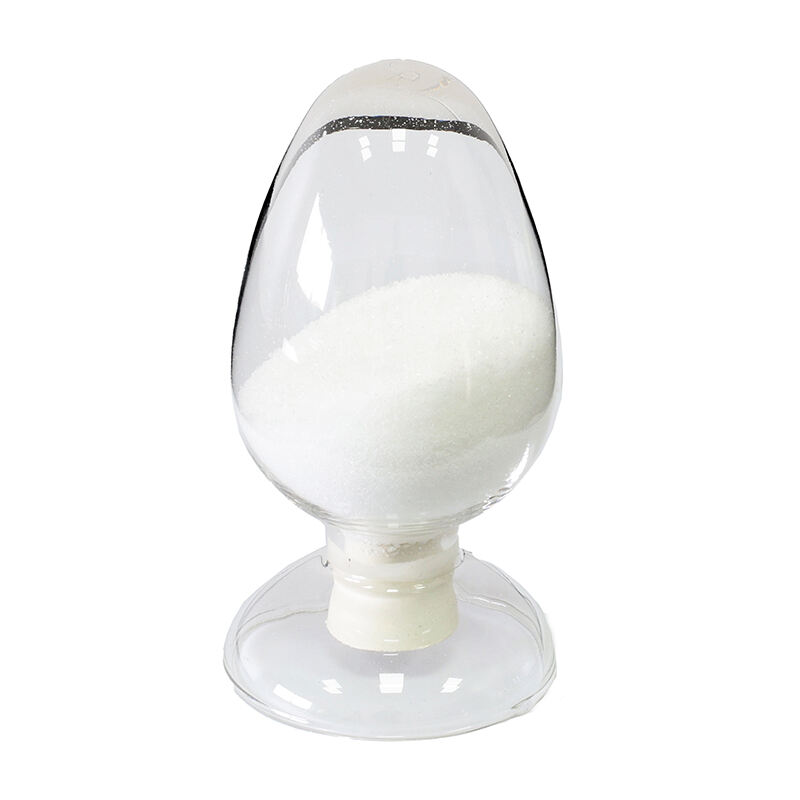인기 있는 살충제: 디노테푸란 및 원료 N,O-디메틸-N'-니트로이소우레아(MNO, CAS: 255708-80-6)의 응용 분석
요약: 디노테푸란은 미쓰이 화학에서 발견 및 생산하였으며, 미쓰이 화학, 기타싱 화학, 밸렌트와 공동 개발하였다. 디노테푸란은 염소 원자와 방향족 링을 포함하지 않는 유일한 니코틴성 곤충 방제제이다. 그의 테트라하이드로푸란 기는 이전의 클로로피리딘 기와 클로로티아졸릴 기를 대체하며, 이를 세대 니코틴성 곤충 방제제라고 한다. 디노테푸란의 주요 중간체는 N,O-디메틸-N'-니트로이소우레아(MNO, CAS: 255708-80-6)이다. 디노테푸란은 2002년에 출시되었다.
키워드: N,O-디메틸-N'-니트로이소우레아;CAS: 255708-80-6;MNO; 디노테푸란; 곤충방제제
1.작용 메커니즘
디노테푸란은 뉴로톡신인 질소구아니딘 화합물로, 곤충의 신경계를 방해하여 아세틸콜린 수용체를 억제하여 마비 및 사망으로 이어집니다. 디노테푸란은 접촉독성과 섭取독성뿐만 아니라 우수한 내흡성과 투과성이 있어 식물의 뿌리, 줄기 및 잎에 의해 신속하게 흡수되어 상향으로 전달됩니다.
2.적용 분야
디노테푸란의 주요 작물은 벼, 채소, 과일 등으로, 찌르는 입부분과 빨아들이는 입부분의 해충을 방제하기 위해 사용됩니다. 디노테푸란의 특징은 니코틴계 살충제 1세대와 2세대에 대한 교차저항이 없으며, 반파리목, 날개목, 파리목,Coleoptera 및 일반적인 Ptera 해충에 대해 매우 효과적이라는 것입니다. 디노테푸란의 살충 스펙트럼은 넓습니다. 벼 해충인 갈색날개カメムシ, 흰날개カメム시, 회색날개カメム시, 검은꼬리점박이カメムシ, 벼거미カメムシ, 두 가지 작은 별カメムシ, 벼녹색カメムシ, 붉은팔カメムシ, 벼음수혼합カメム시, 벼관수유충, 채소 및 과일 해충인 진딧물, 백출, 비늘벌레, Aphidococcus, 붉은녹색カメムシ, 복숭아작약カメムシ, 오렌지나방, 차나방, 노랑줄무늬甲虫, 콩광동모기 등에 매우 효과적입니다. 벼 해충, 벼뚜기 및 채소 과일 해충, Ceratococcus 균류, Microcephalus 나방, 두 가지 검은 Streptothrips, 차노랑Thrips, 연기Thrips, 노랑Thrips, 감귤노랑Thrips, 콩莢 gall midge, 토마토 잎채식 모기 등에 효과가 있습니다.
3. 독성
남성 쥐에서 경구 LD50은 2450mg/kg, 암컷 쥐에서는 2275 mg/kg이다. 피부 접촉에 의한 급성 LD50은 쥐(암수 및 수컷)에서 2000 mg/kg 이상이다. 변형원성, 발암성, 돌연변이원성은 없다. 또한 수생 생물에게도 안전하다. 어류 독성 시험 결과, 카프와 다프니아에 대한 퓨라시다민의 48시간 nm은 모두 1000 mg/L 이상이었다. 퀴일에 대한 경구 LD50은 1000 mg/kg 이상이다. 이 물질은 벌의 정상적인 활동과 꿀 수집에 영향을 미치지 않는다. 니코티노이드 계통의 곤충 방제제로서, 디노테푸란은 벌에게 일정한 영향을 미칠 수 있지만, 다른 니코틴 계열 방제제에 비해 벌에 대한 독성이 훨씬 낮다. 벌에 대한 경구 독성은 티아메톡삼의 1/4.6에 불과하며, 접촉 독성은 티아메톡삼의 절반에 해당한다.
4. 합성 방법
디노테푸란 합성에는 두 가지 주요 공정 방법이 있습니다. 첫 번째 방법은 3-하이드록시메틸 테트라히드로푸란 유도체 방식이고, 두 번째 방법은 3-아미노메틸 테트라히드로푸란 유도체 방식입니다.
디노테푸란의 주요 중간체는 N,O-디메틸-N'-니트로이소우레아(CAS : 255708-80-6)입니다.
5. 국제 판매
2016년에 디노테푸란의 글로벌 매출은 1억 5백만 달러였으며, 이중 중국, 태국, 일본, 한국, 인도 등 주요 시장이 있었습니다. 특히 일본은 디노테푸란의 세계 매출의 약 50%를 차지했습니다. 그러나 특허 기간 이후 중국 기업들이 디노테푸란 시장에 참여하면서 생산 규모가 확대되고 생산 기술이 성숙되며 원약 가격이 하락하여 디노테푸란의 발전을 촉진했습니다.


 EN
EN
 NL
NL
 FR
FR
 DE
DE
 JA
JA
 KO
KO
 PT
PT
 RU
RU
 ES
ES
 ID
ID
 VI
VI
 TH
TH
 MS
MS
 TR
TR
 AR
AR













